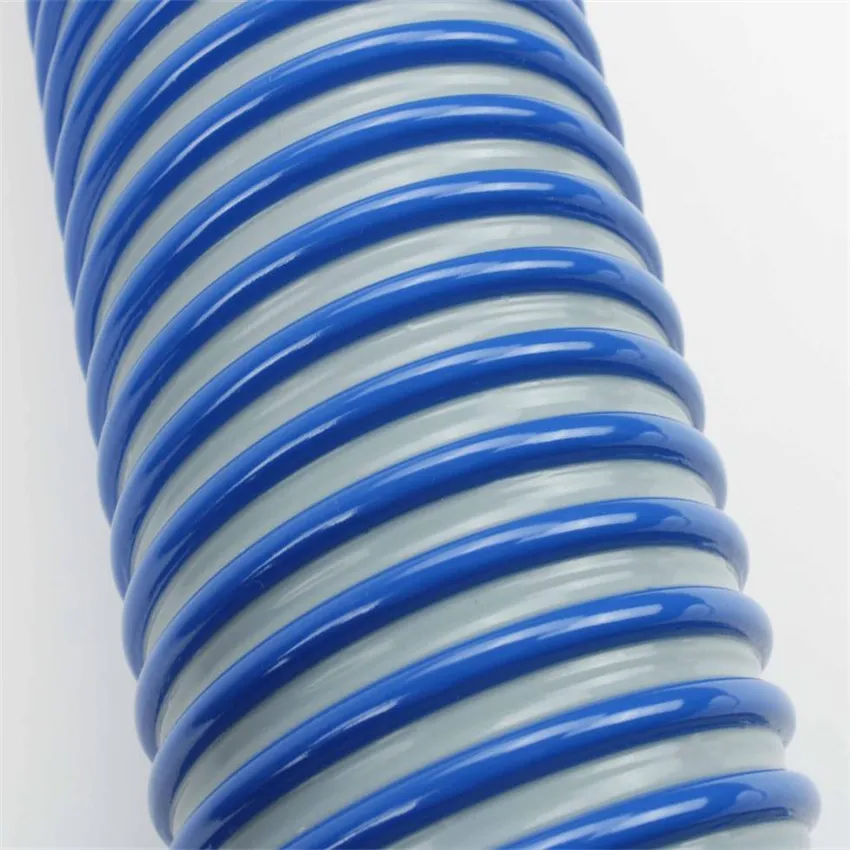layflat hose sizes
Understanding Layflat Hose Sizes A Comprehensive Guide
Layflat hoses are crucial tools in various industries, providing a flexible and efficient means of transporting liquids. Whether in agriculture, construction, mining, or firefighting, these hoses serve essential functions that are highly dependent on their sizes and specifications. In this article, we will delve into layflat hose sizes, explaining their importance, types, and selection criteria.
What is Layflat Hose?
Layflat hoses are specialized hoses that have a flexible, flat design when not in use. They are constructed from robust materials, typically PVC or rubber, that can withstand high pressure while being lightweight. One of the significant advantages of layflat hoses is their ability to be easily stored and transported; when not filled with fluid, they take up minimal space, making them convenient for various applications.
Types of Layflat Hoses
Layflat hoses come in various sizes and designs, tailored to different operational requirements. The most common sizes range from 1 inch to 12 inches in diameter. The choice of size directly influences the hose's application and its capacity to handle different volumes of liquids. Typically, hoses are measured based on their inside diameter (ID) and have a specified working pressure.
1. Small Sizes (1 to 3) These hoses are suitable for low-flow applications, such as irrigation or residential water transfer. Their compact nature makes them easy to handle and ideal for small-scale projects.
2. Medium Sizes (4 to 8) Often used in agriculture for irrigation systems, these sizes provide a balance between flexibility and capacity. They can handle moderate flows, making them versatile for various applications, including pumping and drainage.
3. Large Sizes (10 and above) Larger layflat hoses are designed for high-capacity needs, such as firefighting or heavy industrial applications. These hoses can transfer large volumes of liquid quickly, making them essential for emergency response situations.
layflat hose sizes

Key Considerations When Choosing Layflat Hose Sizes
When selecting a layflat hose, several factors must be considered to ensure optimal performance
1. Flow Rate Understanding the required flow rate for your application is critical. A larger diameter hose allows for a higher flow rate, making it suitable for demanding tasks.
2. Pressure Rating Each hose type has a specific pressure rating, which indicates the maximum pressure it can withstand. Ensure that your chosen hose can handle the necessary pressure of your application to prevent ruptures or leaks.
3. Length of the Hose Depending on the distance the liquid needs to be transported, the length of the hose plays a significant role. Longer hoses may require more attention to ensure that they don't kink or create additional friction, which can diminish flow rate.
4. Material Hoses can be made from various materials, impacting flexibility, durability, and resistance to chemicals. Choosing the correct material based on the working environment ensures longevity and reliability.
5. Environmental Conditions Consider the conditions in which the hose will be used. Factors such as temperature extremes, exposure to chemicals, and UV radiation can affect hose performance over time.
Conclusion
Understanding layflat hose sizes is essential for anyone involved in industries that depend on fluid transport. Proper selection based on flow rate, pressure rating, material, and environmental conditions will ensure effective and efficient operation. With the variety of options available, it is crucial to evaluate your specific needs carefully. By selecting the right hose size and type, you can enhance productivity, ensure safety, and optimize fluid management in your operations. Whether for agricultural irrigation, construction site dewatering, or emergency firefighting efforts, choosing the right layflat hose can make all the difference in effective fluid handling.
-
Top Quality Oxy Acetylene Hoses for Sale Fit for Welding DemandsNewsJul.28,2025
-
The Future of Pneumatic Air Tubes in IndustryNewsJul.28,2025
-
Superior and Reliable LPG Hose Pipe Solutions for Every NeedNewsJul.28,2025
-
Exceptionally Durable and Versatile Premium Braided PVC TubingNewsJul.28,2025
-
Best Adapters for Connecting Garden Hose to PVC Pipe ConnectionsNewsJul.28,2025
-
The Essential Role of LPG Hoses in Safe and Efficient Gas DistributionNewsJul.16,2025














